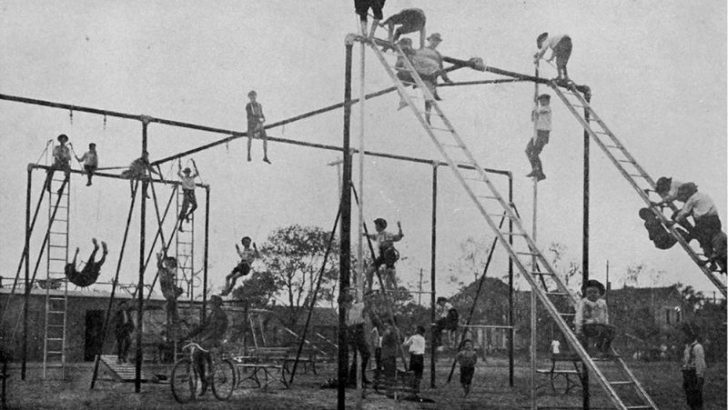Boomers grew up in a world quite different from today. Their childhood experiences, shaped by an era of less technological advancement and different societal norms, offer a contrast that might astonish or even shock younger generations. Here, we explore 15 nostalgic memories from a Boomer’s youth that could be utterly bewildering to Gen Z.
1. Riding in Cars Without Seatbelts
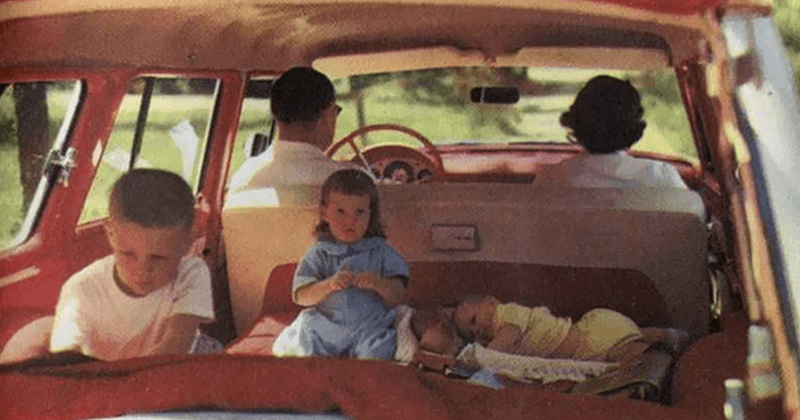
Imagine the thrill of feeling the wind rush through open windows as you sat unrestrained in the back of a moving car. For Boomers, seatbelts weren’t always a requirement. Childhood car rides were an adventure, with siblings playfully bouncing around the backseat.
Yet, the absence of seatbelts would undoubtedly be a shock to Gen Z, who grew up with strict safety regulations. The seatbelt laws, which became widespread in later decades, highlight a significant shift in public safety awareness.
Despite the risks, these carefree rides hold a nostalgic charm for those who lived through them.
2. Drinking from Garden Hoses

On hot summer days, the garden hose transformed into a fountain of refreshment. Boomers remember the metallic taste of hose water, a quick thirst-quencher during outdoor play.
This casual approach to hydration might baffle Gen Z, accustomed to filtered water and environmental concerns. Yet, for Boomers, the garden hose was a symbol of endless backyard adventures and innocence.
While modern standards emphasize cleanliness, the simplicity of drinking straight from the hose evokes fond memories of a carefree era.
3. Rotary Dial Telephones

The satisfying click of a rotary dial was a daily rhythm in Boomer households. Each turn connected them to distant friends or family, albeit slowly compared to today’s instant communication.
This analogue interaction is foreign to Gen Z, who never experienced the patience required to operate these devices. Yet, the tactile nature of rotary phones was part of their charm.
Though replaced by smartphones, the rotary dial remains an enduring symbol of a more deliberate and connected way of communicating.
4. Playground Equipment on Hard Surfaces
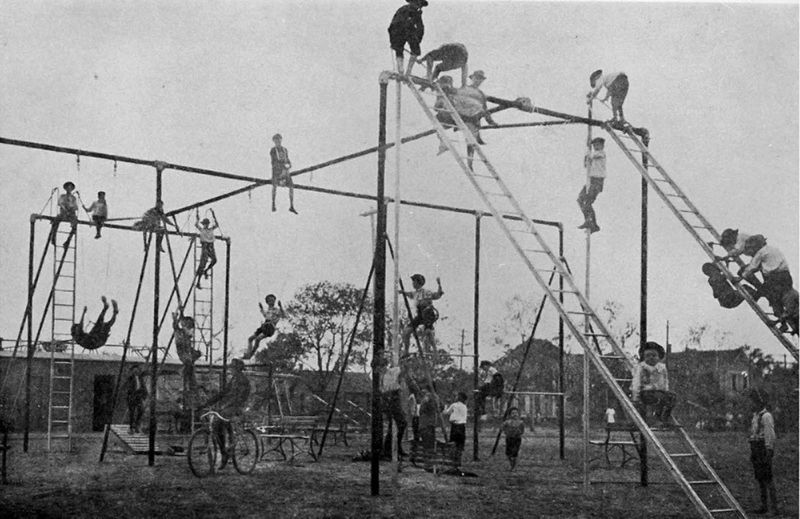
Playgrounds of the past were not the cushioned havens they are today. Boomers grew up swinging and sliding on metal structures set over hard surfaces like concrete.
These playgrounds tested resilience, as scrapes and bruises were common. The concept of safety was different, emphasizing exploration over protection.
Today’s padded playgrounds cater to cautious parents and safety guidelines, leaving Boomer playgrounds as relics of a tougher childhood experience.
5. Smoking in Public Places
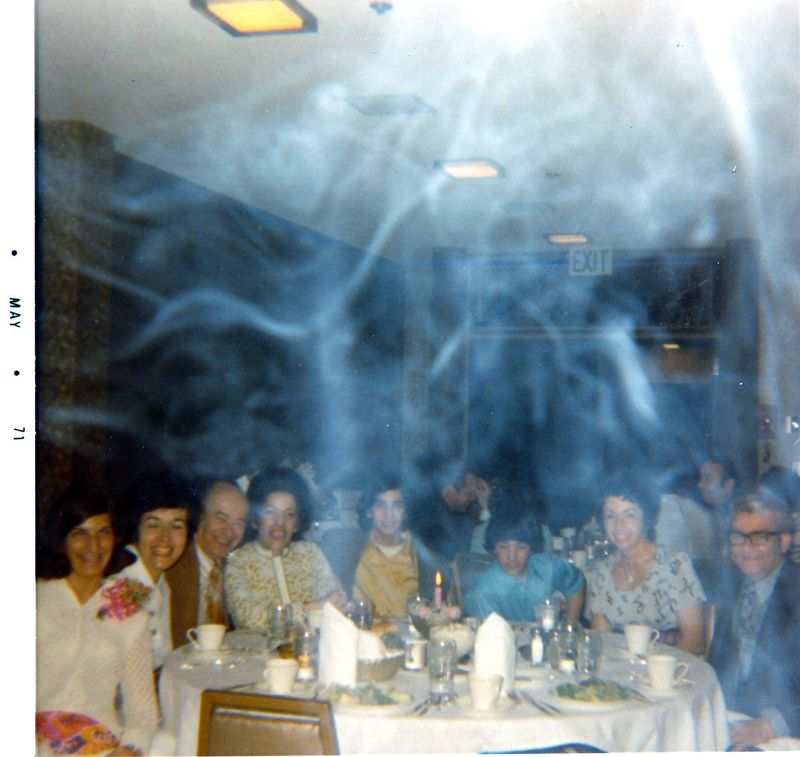
In an era where smoking was ubiquitous, public places filled with cigarette haze were a norm. From restaurants to airplanes, smoking zones were everywhere.
This prevalence of smoking indoors would surprise Gen Z, who have grown up in smoke-free environments. The change in public health policies reflects a shift toward cleaner air and public well-being.
Despite its health drawbacks, the presence of smoking in public spaces is a vivid memory for Boomers, marking a significant cultural shift.
6. Waiting for Film to Develop
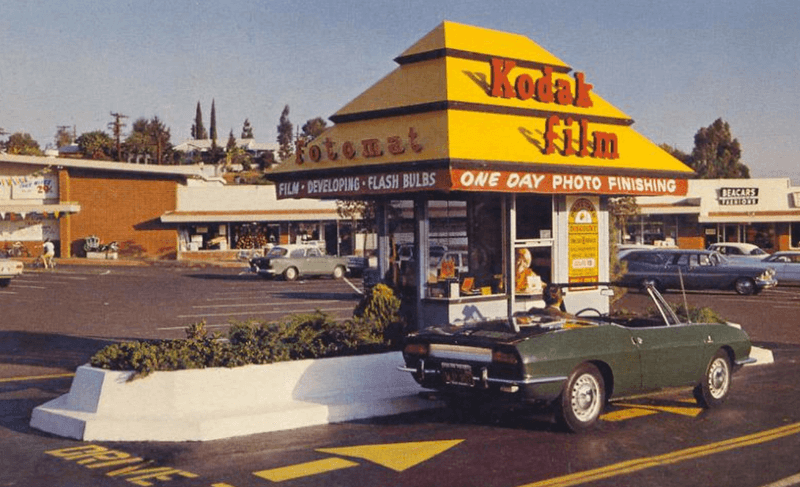
The anticipation of seeing captured moments was part of the photographic journey. Boomers recall the patience required to wait for film to develop, a process filled with suspense.
Unlike today’s instant digital photos, developing film was a ritual that made every picture special. Each image was a surprise waiting to be unveiled.
Though film has become a niche hobby, the thrill of the unknown remains a cherished memory for those who experienced it firsthand.
7. Sharing a Party Line Telephone

Imagine sharing your phone line with the neighbors – a reality for many Boomers. Party lines meant overhearing others’ conversations, requiring patience and etiquette.
In a world before private cell phone calls, this communal approach to telecommunication was both frustrating and bonding. It taught patience and discretion.
While personal lines are now standard, the party line remains a unique memory of communal living in a connected world.
8. Playing Outside Until Dark
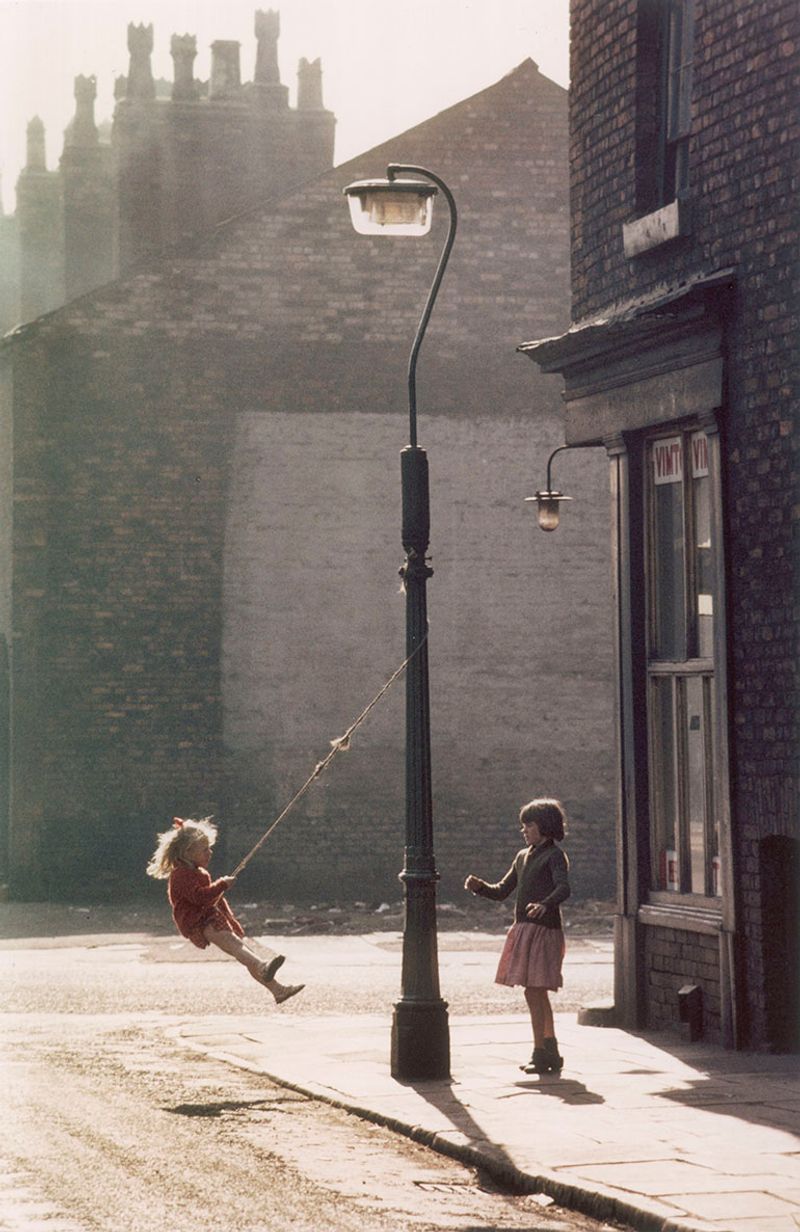
Freedom, adventure, and imagination defined childhood playtime. Boomers recall long hours spent outside, only returning when streetlights flickered on.
Without the digital distractions of today, outdoor play fostered creativity and independence. Games were invented on the spot, and the neighborhood was a vast playground.
For Gen Z, accustomed to scheduled playdates and digital games, the unstructured playtime of Boomers offers a glimpse into a more spontaneous and explorative childhood.
9. Using Encyclopedias for Homework

Before the internet, encyclopedias were gateways to knowledge. Boomers often relied on these hefty volumes for homework and research.
Each book was a treasure trove of information, and finding facts required patience and a love of learning. For Gen Z, used to instant online searches, this slower process exemplifies a different approach to education.
The tactile experience of flipping through pages remains a fond memory for those who grew up in the encyclopedia era.
10. Milk Delivery to the Doorstep

The clinking sound of glass milk bottles is a cherished memory for many Boomers. Home delivery by the milkman was a daily ritual that brought fresh dairy to the doorstep.
This personalized service, with its sustainable glass bottles, feels alien to Gen Z, who are familiar with store-bought cartons. Yet, it reflects a time of community and personal connection.
The tradition of milk delivery speaks to a bygone era of simplicity and personal service.
11. Typing on a Manual Typewriter

The clatter of keys and the ding of the carriage return are iconic sounds for Boomers. Typing on a manual typewriter required skill and precision.
This mechanical process, involving ink ribbons and physical effort, contrasts sharply with today’s effortless typing on digital devices. The typewriter demanded deliberate thought and careful writing.
Though largely replaced, manual typewriters evoke nostalgia for those who learned to compose with each keystroke.
12. Watching TV on a Small Black and White Screen
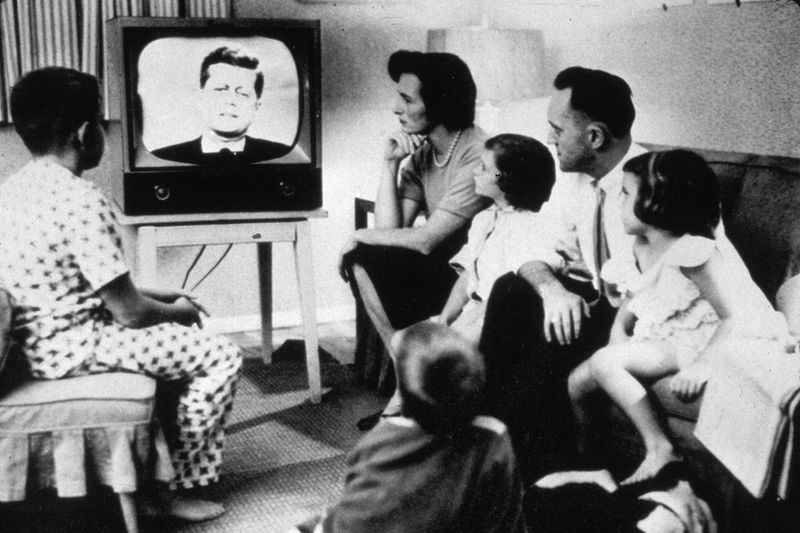
Television was a family event, and Boomers remember gathering around small black and white sets. Shows were limited, and viewing was often a shared experience.
Without remote controls or endless channels, watching TV required patience and intentionality. The act of adjusting antennae for a clear picture is a lost art.
For Gen Z, accustomed to high-definition screens and streaming, this communal viewing experience offers a glimpse into a more connected family dynamic.
13. Catching Fireflies in Jars

Summer evenings came alive with the twinkle of fireflies. Boomers fondly recall chasing these magical insects, capturing them in jars to watch them glow.
This simple joy, connecting kids with nature, offered a sense of wonder and play. For Gen Z, facing urbanization and diminishing green spaces, this pastime seems almost mythical.
The tradition of catching fireflies reflects a time when nature played a central role in childhood adventures.
14. Listening to Music on Vinyl Records

The warm crackle of vinyl was the soundtrack to many Boomer households. Listening to music was a ritual, with records carefully selected and played.
Vinyl’s tactile nature and rich sound quality are still cherished, even in the age of digital streaming. The act of flipping a record and reading liner notes added to the experience.
For Gen Z, accustomed to playlists and digital files, vinyl offers a tactile connection to music’s golden era.
15. Reading Comic Books at the Dime Store
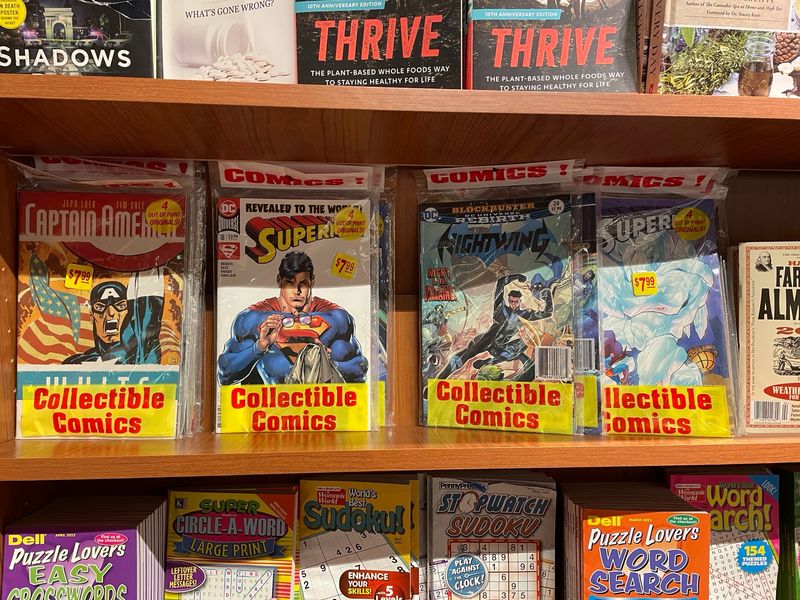
Comic books were treasure troves of adventure and imagination. Boomers grew up spending pocket money at dime stores, eagerly devouring the latest issues.
This weekly ritual fostered a love of reading and creativity, offering escapes into worlds of superheroes and fantasy. For Gen Z, immersed in digital comics, this tangible experience seems quaint.
The dime store comic book rack symbolizes a time when stories were savored and collected with care.

